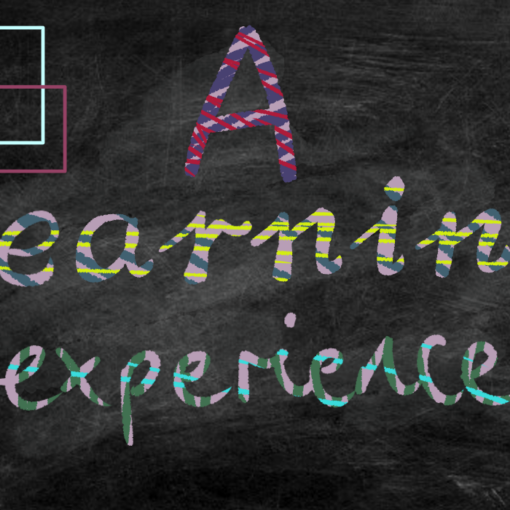A recent student that I have been tutoring does very well in A-level Physics and in the applied areas of A-level Maths, ie Mechanics and Statistics. He can see the reasons for following the processes that he does to obtain the required answer, which has a basis in the real world. It may use abstract Maths, but it answers a question relating to the concrete real world, and therefore he can see the point of it.
When it comes to Pure Maths, however, he has been floundering. Some of the techniques (tools) that were learned at GCSE are now being used again, but he can’t see the application to the real world, and this affects his motivation to play around with these tools and try them out in different contexts; after all, if it is just an imaginary world without perceived real-world application, what is the point?
I can empathise with this stance. I sometimes, myself, just look at Pure Maths as logic puzzles, or a long version of doing puzzles that you might find in the back of a newspaper (Sudoku, for example, or variants of this). And certain kinds of brains latch on to puzzles, and enjoy solving them for their own sake. But what about people who find motivation from solving real-world, practical problems rather than abstract, more nebulous ones?
In A-level Maths, specifically the Edexcel course, the main Pearson textbook builds students’ skills in the tools I referred to, but then applies these to more applied areas of Maths. I only realised this was a continuing theme after over a year of tutoring A-level Pure Maths, but I think it is a very helpful journey for students to navigate. The Pure, abstract tools they develop combine to answer an applied question.
In Year 12, an understanding of how to expand binomials leads to an ability to approximate a binomial expansion using the first three terms in ascending powers of x, since for small values of x the higher powers such as x-cubed and above, become smaller and smaller for small values of x. To lead you to a helpful free resource that teaches this in more details, the skill: https://www.mathsgenie.co.uk/a-level-year-1-the-binomial-expansion.php leads to an application of the skill: https://www.mathsgenie.co.uk/a-level-year-1-binomial-estimation.php
At a party on Saturday I spoke to a guest who was interested in how the difficulty of A-level Maths has changed over the years. We discussed how, when I sat A-levels from 1996-98, the Sciences and Maths were all modular courses, whereas now students’ grades are based on performance in finals, and how I perceive the latter model to be more difficult. Course structures seem to go in cycles, and perhaps in the near future A-levels could return to modular form, but I think final exams are a better test of mastery of a subject, requiring students to synthesise (bring together) all of the knowledge, skills and understanding from 2 years of learning and apply it to often unfamiliar questions. He then posed an interesting question that I had never heard before:
If you have a beer mat, what dimensions of the shape made from folding this beer mat will maximise the volume it can contain? The beer mat can be modelled as a 10 x 10cm square.
He asked me whether this would be a GCSE or A-level question, and I immediately decided it would be an A-level question, and quite a hard one too. Sifting through the available topics in Year 12 Maths, I chose “Differentiation” as the area of the course best suited to answering this question, remembering the final “Applications of Differentiation” chapter. Without doing the practise work, you would be unlikely to see the link to differentiation. But the point is, this is a real-world (if playful) application of a “Pure” topic. You can fold a beer mat, and make shapes, and fill them with sand (as my acquaintance’s friend did after they considered this question, since his friend could not conceive that the volume would change according to the dimensions of the folded beer mat). Or you could use Pure Maths, logically consider some assumptions, such as that the shape created would have to be a cuboid (using straight folds), create an algebraic expression for the volume of the cuboid, height x, then solve for the value of x that maximises the volume.
It is quite a hard problem to solve mentally, but written down on the page, with all steps considered in turn, it leads to a specific height of the open-topped beer-mat cuboid that maximises volume. This can be easily generalised to squares of any side length. You might like to give it a go, and send me an email to check your answer: info@tonytutoring.co.uk
It requires a bit of creativity to see other real-world applications of differential equations, but once a few problems like this have been attempted and solved, with “concrete” shapes being played with that can be visualised, the application of Pure Maths to the real world starts to become more apparent!




